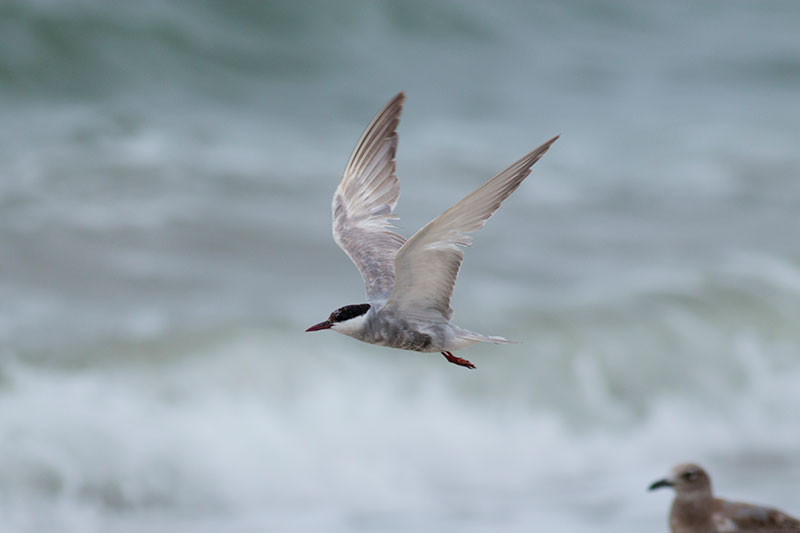Bird-watchers, Birders, Listers and Twitchers
4/19/15
By David Brown
Many people see me and others out looking at birds but may not understand the different levels of interest and goals of what we are doing. Bird-watching is the most casual level. This can be as simple as putting out a bird feeder and watching what birds come to your yard. Most people have at least a basic awareness of birds and enjoy them without wanting to get deeper into the hobby.
Birding is going to a location with the goal of finding and identifying as many birds as possible. The enjoyment of this comes from getting to see the rhythm of what species are at a location at different times of the year and of course the thrill of finding species that you don't get to see often. Although I carry a camera with me when I bird, my goal is to photograph birds to document or help identify them. I would rather get a distant photo of a rare bird than a great photo of a common bird.
Listing is keeping track of what species you have seen in different geographical areas. This can be a yard list, county list, state list, etc. Listing keeps birding fun because in a new area even common birds feel important as you see them there for the first time. I personally care most about my Lycoming County year list so when I am out birding I am trying to find species I have not yet seen in the county this year.
Listing can often lead to twitching, which is getting news of a bird and attempting to get to it as quickly as possible to be able to add it to a list. The term comes from England, where birding can be fiercely competitive. Multiple factors come into play when deciding whether or not to “twitch” a bird, such as how rare the bird is, the distance, and the chance of it remaining until you can get there. Last September when a whiskered tern was seen in Cape May, NJ, only the third one ever seen in the United States, I was in the car at four the next morning heading to the coast where I got great views of the bird.

Whiskered Tern, Cape May, NJ
Last Sunday, I saw a message from another local birder that a Caspian tern was at Rose Valley Lake. Caspian terns are the largest species of tern in the world with wingspans of over four feet. They pass through Lycoming County in small numbers each year and put on a show diving into the water to catch fish with their beaks. I was worried that with the late thaw this year I would not get to see any in the county so I rushed out to the lake and photographed it flying around the north end of the lake.

Caspian Tern, Rose Valley Lake
No matter the level, the most important thing is to enjoy the birds and to continue to learn more to better understand the conservation challenges that birds face.